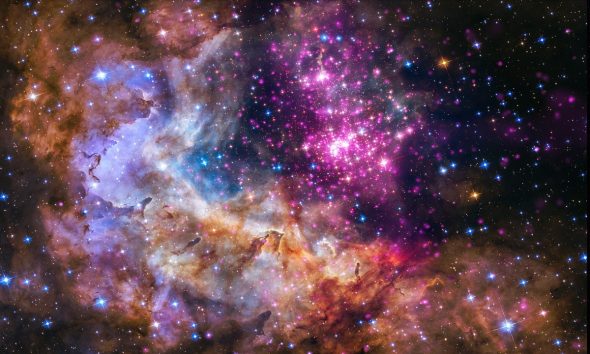By Christopher Zurcher
Curiosity will use 10 instruments to probe areas of Mars and determine whether the chemical ingredients are favorable for life there, which I think is a good idea, particularly since if we ever want to go there, we won’t have to spend the eight years of planning and eight months of interplanetary travel that this mission did.
Who knows?
Someday maybe we’ll be able to get there in eight days. 154 million miles from Earth. Where there is no water, only frozen water that pretty much turns immediately to water vapor under certain conditions only because of atmospheric differences between our planet and that one. Water might be able to exist at the bottom of some of the largest craters on Mars because there are different atmospheric pressures there.
“Touchdown confirmed,” said Allen Chen, the leader of the rover’s descent and landing team. “We’re safe on Mars.”
Are we really safe on Mars? If we are, perhaps there are some Syrians and Palestinians and Afghanis or maybe even some Americans who would like to travel to Mars if we’re actually safe there.
“Tonight, on the planet Mars,” United States President Barack Obama (@BarackObama) tweeted, “the United States of America made history.” I guess since we’ve made history in this country
The goal of the $2.5 billion mission is to see whether Mars might have ever supported microbial life – or could now. But there are no tools that will actually detect life, just instruments will probe for organic compounds.
Scientists have noted that the money is being spent on Earth, not Mars, and the mission is costing every American about the price of a movie. Can every American afford a $10-$15 movie? Some say the amount Americans pay for the space program is more like $50 a year. Maybe Lon Seidman can clear that up for us.
You wouldn’t want to watch a movie on Mars, though. Like the old joke, “Nice scenery but no atmosphere (or at least very little).”
But we’ll ask what scientists think are some important questions like: Did Mars support life? Billions and billions of dollars have been spent. Interesting pictures have been taken and sent back to Earth. History has been made again with the landing of another robotic vehicle on the surface of Mars.
NASA’s shuttle program cost $210 Billion. Was it worth it? We now have the Hubble Space Telescope and the International Space Station.
I guess it depends on your priorities and whether you’re interested in space exploration. I was coming at it from an ethical point of view though. NASA does invent a lot of things that are very useful to humanity and while the organization is as large as some others that take a much greater slice of the economic pie, NASA only takes about 1 percent of it. NASA also contributes a couple of hundred billion dollars to the U.S. economy.
I guess as long as humanity is around to see the benefits of space travel and exploration and experimentation, then it will be worth it. If we blow ourselves up in the meantime, then what a waste it will have been, but then so will have a lot of other things.







